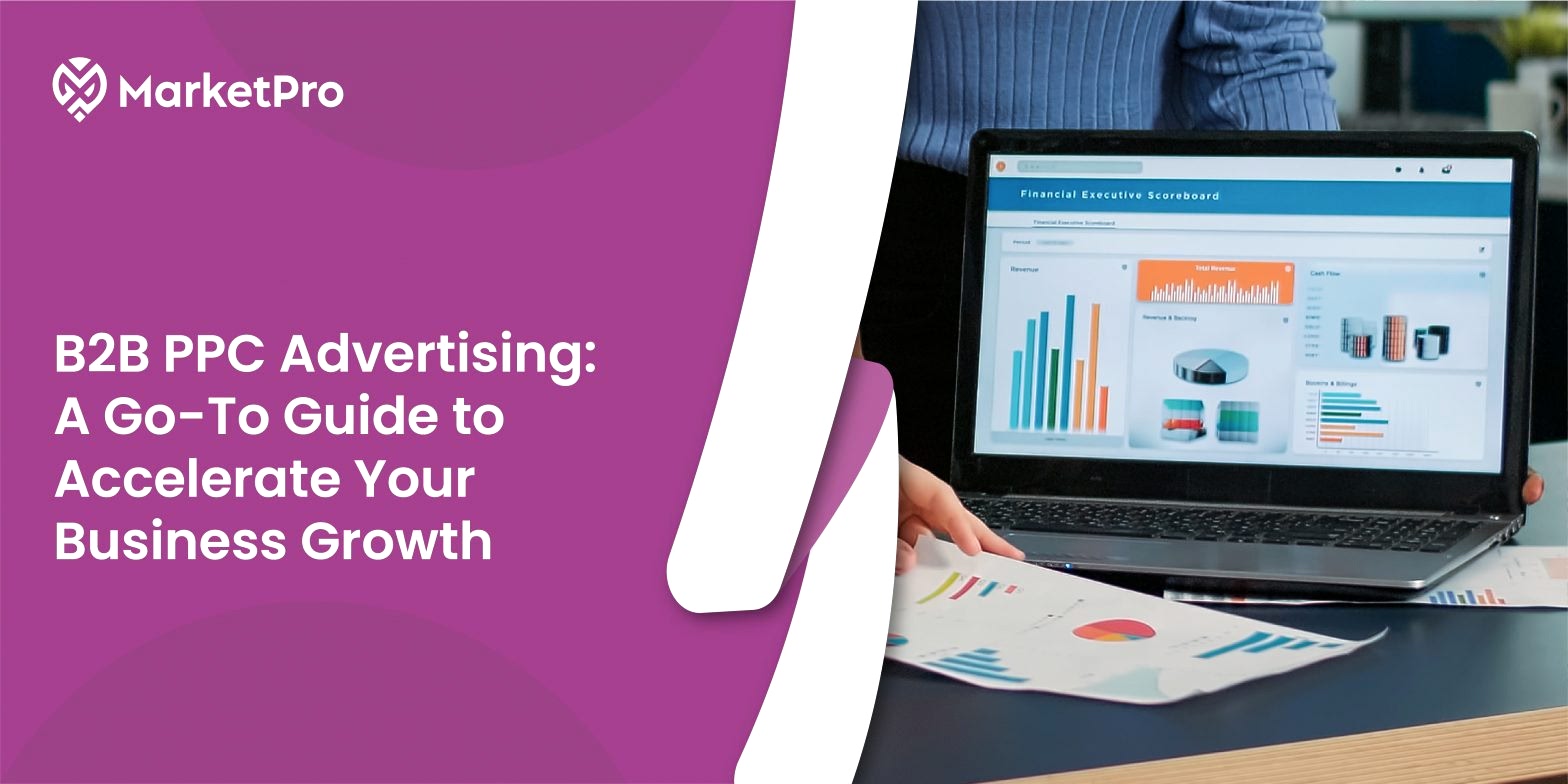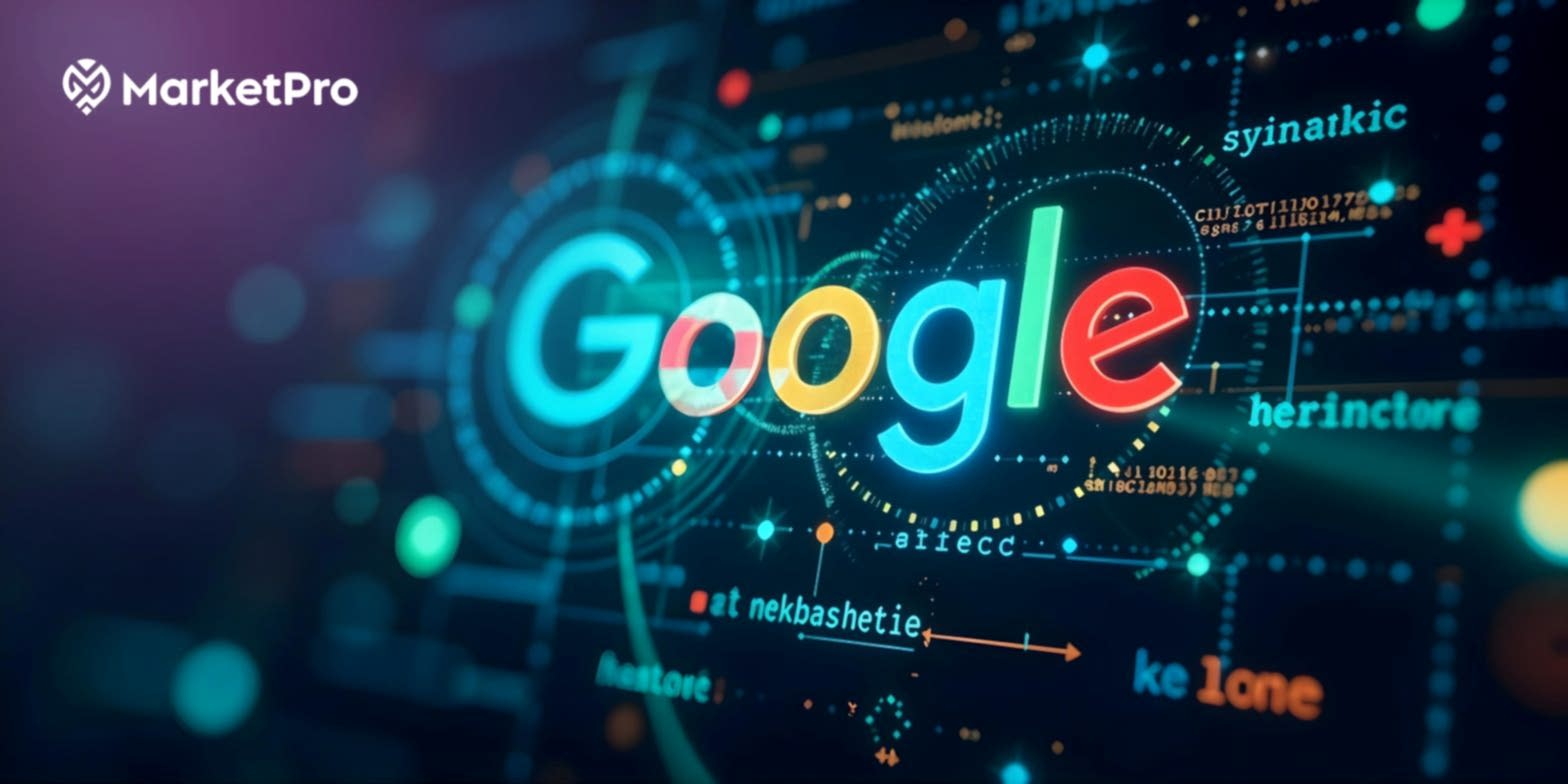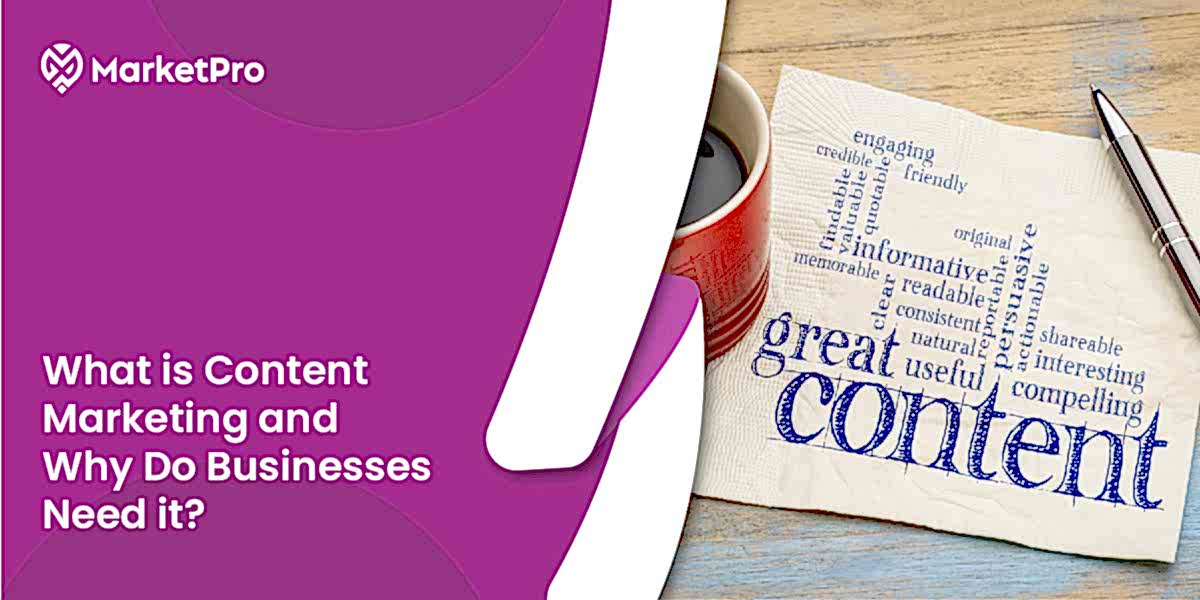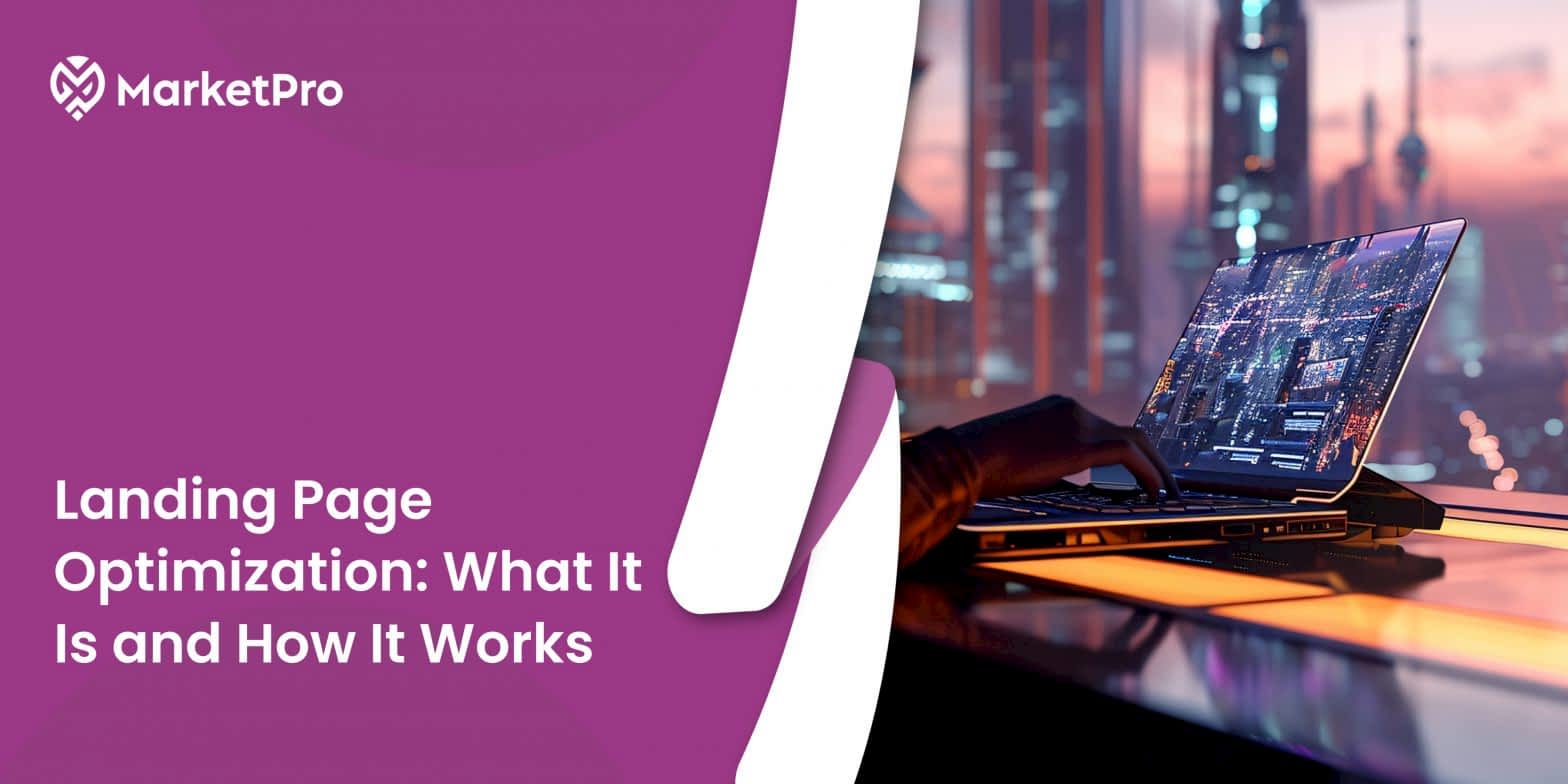Let’s face it: organic efforts and growth take considerable time before showing results, and not every business can savor this patience.
Businesses can either wait and risk missing critical opportunities or integrate PPC advertising models alongside their organic models to better boost their online presence. It’s a no-brainer when one strategy can offer accelerated business growth with tangible results in less time.
The same goes for PPC advertising, and in this article, we will cover all the tricks and insights crucial for businesses to kickstart their PPC advertising campaigns.
How B2B PPC Works?
B2B PPC means business-to-business pay-per-click advertising, in which businesses find other businesses or organizations to sell their products and services. See, it’s that easy.
However, things take a turn when businesses need to optimize and control their PPC ads and messages to reach their desired audience instead of any regular audience. The math here is simple: the more their ads pop up to their desired audience, the more possibilities there are for acquiring leads and conversions.

How Do B2B and B2C PPC Differ?
There is always a debate from marketers about significant differences between B2B PPC and Business-to-Consumer (B2C) PPC, and some of the differentiators are:
Keywords: The strategy for keywords in B2B is different than in B2C, as marketers will bid on industrial-related keywords specifically targeting high-level executives or organizations. In this, marketers bid on keywords like “financial stability,” “systematic risk,” or “financial regulations” for their software products.
Platforms: Although both B2B and B2C utilize platforms like Google Ads for their campaigns, some social media platforms can vary for their advertising campaigns. B2B marketers will prefer LinkedIn and Twitter for better targeting options, while B2C marketers will prefer platforms like Instagram and Facebook for targeting their desired audience.
Ad Strategies: B2B marketing often demands educational and credible content marketing strategies, such as webinars, e-books, and whitepapers, to demonstrate professionalism and the value of their product or service.
Sales Cycle: B2B sales cycles are often longer and require multiple funnel strategies to finally earn macro-conversions. B2B PPC campaigns usually focus on nurturing relations and taking leads to multiple conversion funnel stages before purchasing, while B2C PPC campaigns often emphasize immediate conversions and aggressive conversion tactics.
9 Steps of Building a B2B PPC Ad Campaign
Managing a B2B PPC campaign is challenging due to its complicated key metrics, long, painful sales cycles, and narrow target audience. Below is the step-by-step process for creating a B2B PPC strategy that hits the nail on the head and generates better end results.
1. Define Campaigns Goals
Before starting their campaign, businesses must decide what they want from their ads campaign. Are they looking for impressions, reach, awareness, or conversions? And yes, all these things cannot be achieved with just one campaign. However, these objectives will help them define their PPC strategy.
2. Find Target Audience
Finding a target audience for B2B PPC is like finding a needle in a haystack. Their demographics, interests, positions, and buying behavior must be studied and researched to create better-targeted ads that resonate with their search language.
3. Keyword Identification
Here comes the keyword research part. B2B PPC marketers work on researching niche-specific keywords relevant to industrial norms. They use keyword tools like Google Keyword Planner and other search engine marketing tools to identify high-search volume keywords that enhance their ads’ performance.
4. Create Stellar Ad Copy
Writing stellar ad copies is not debated. An ad’s content needs everything, from exceptional visuals to compelling content that outshines educational yet persuasive words in its copy. Highlighting all the benefits and Unique selling propositions in engaging and concise language.
5. Landing Page Optimization
This involves the place that comes after clicking the ad, which is the product landing page. Designing and crafting landing pages with top-notch copywriting strategies and clear messaging that resonates with the ad’s content and ends with a clear, compelling Call-To-Action (CTA).
6. Leverage Ad Extensions
Ad extensions allow advertisers to integrate additional information, such as location details, site links, and phone numbers, into their online ads to make them more robust and compelling and improve campaigns’ overall performance.
7. Conversion Tracking
Conversion tracking is added to their PPC campaigns, which ensures the tracking of records and the effectiveness of campaigns. For example, they monitor the number of forms filled, email sign-ups, and ebook downloads. Tracking conversions gives marketers a complete ballpark for their campaign performance.
8. Bidding Strategies
Creating and managing bidding strategies to manage their campaign goals and aiming to get the highest returns on their investment. Marketers can choose options like manual bidding(choosing their bid amounts) and automatic bidding(letting Google set bids to get the maximum clicks within their budget).
9. Continuous Optimization
This stage involves continuously evolving techniques and methods to manage their conversion scale by tracking their results to ensure better campaign performance. Marketers must stay close to PPC trends to enhance and amplify their campaign performance in generating leads and optimal results.
Types of Ads for PPC
With search engine platforms’ vast use cases, ads are not only the visual ones that pop on the side screens but come in various shapes, from search engine links to video and interactive ads.
Some of the effective ads that take their place on different platforms are as follows:
Display Ads
Traditional ads attract their target audience’s attention with eye-catching visuals and words aiming to increase brand awareness.
Suggested Read: A Complete Guide to Brand Marketing in 2024
Search Ads
They are more like organic search engine results that appear on search engine platforms but instead paid ads taking the shape of search links aiming to appear at their consumer’s search.
Video Ads
Defining complex topics and use cases of B2B products in more exciting and engaging visuals aiming to increase engagement and interest.

Best Platforms for PPC Ads
Google Ads
One of the giant platforms for B2B and PPC ads and where the majority of the search, display, and video ads take their place, aiming to get their desired audience’s attention with different paid advertising tactics.
Microsoft Advertising
Bing ads also serve as a secondary platform for advertising ads after Google and can immensely help businesses in certain niches and industries.
LinkedIn Ads
LinkedIn ads are one of the best B2B PPC lead generation platforms, as businesses have golden opportunities to advertise their products and services to their dream clients.
Suggested Read: The Future of Lead Generation in B2B Social Media Marketing
Quora Ads
It is the best platform for getting their desired audience’s attention as people go to this platform to ask or query questions, and addressing their concerns with solution-providing ads can hit the bullseye.
X (Twitter) Ads
Still, it is an excellent platform for B2B marketers to capture a broad target audience seeking to create a brand identity and engage with the audience through different ads.
Wrapping Up: B2B PPC’s Unraveling Future
PPC management services and campaign generation are becoming trending topics for the future. Businesses will no longer pass golden opportunities through their eyes by leveraging the fast and exceptional impact of PPC advertising. Its ability to improve companies’ online visibility through measurable results and strategic planning is favored by businesses and has become a staple in the digital marketing strategies of B2B organizations.
With Market Pro, your business growth can achieve new heights of success with PPC marketers who know how to capture B2B’s audience with campaigns that cut to the chase and achieve bottom-end results.






